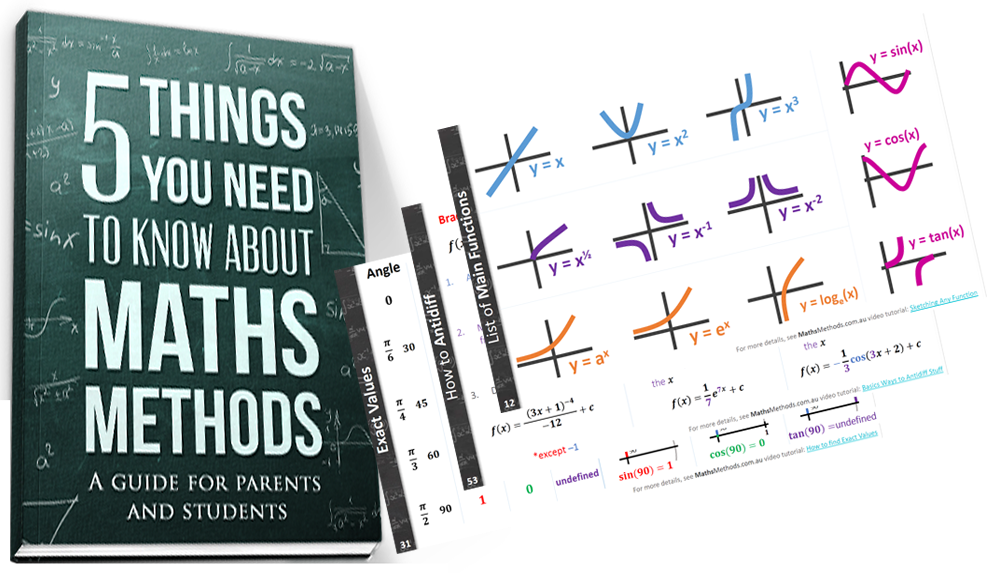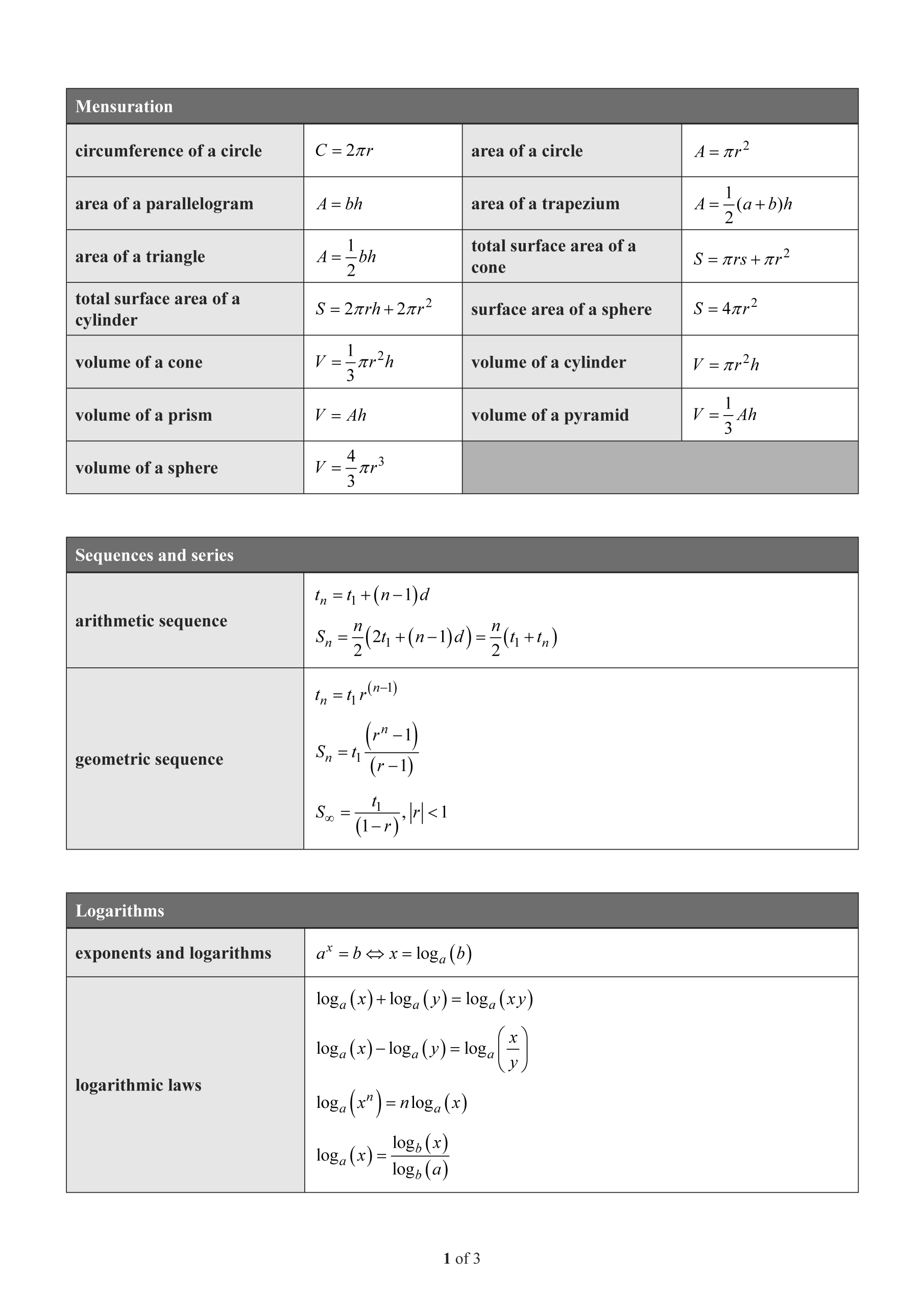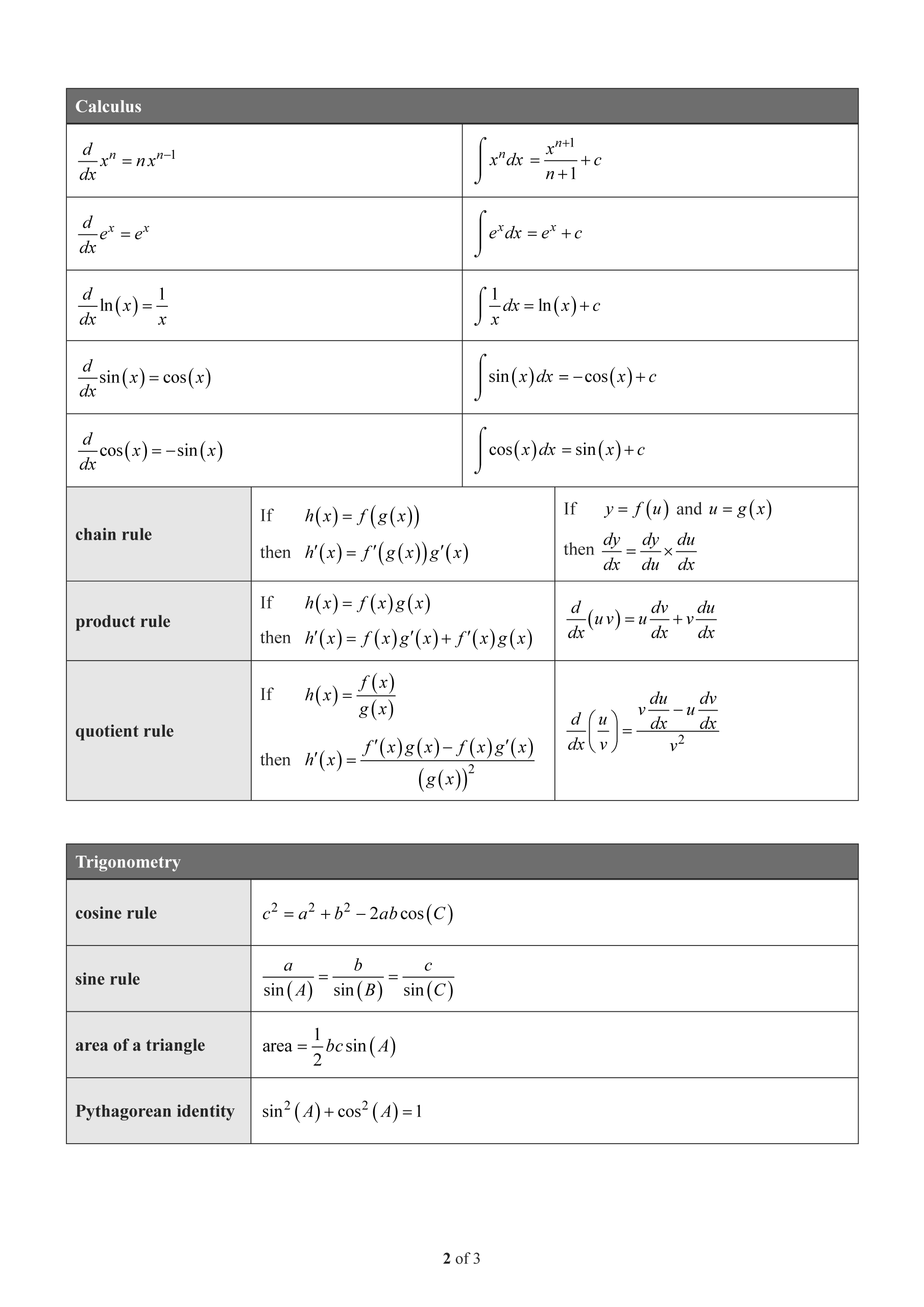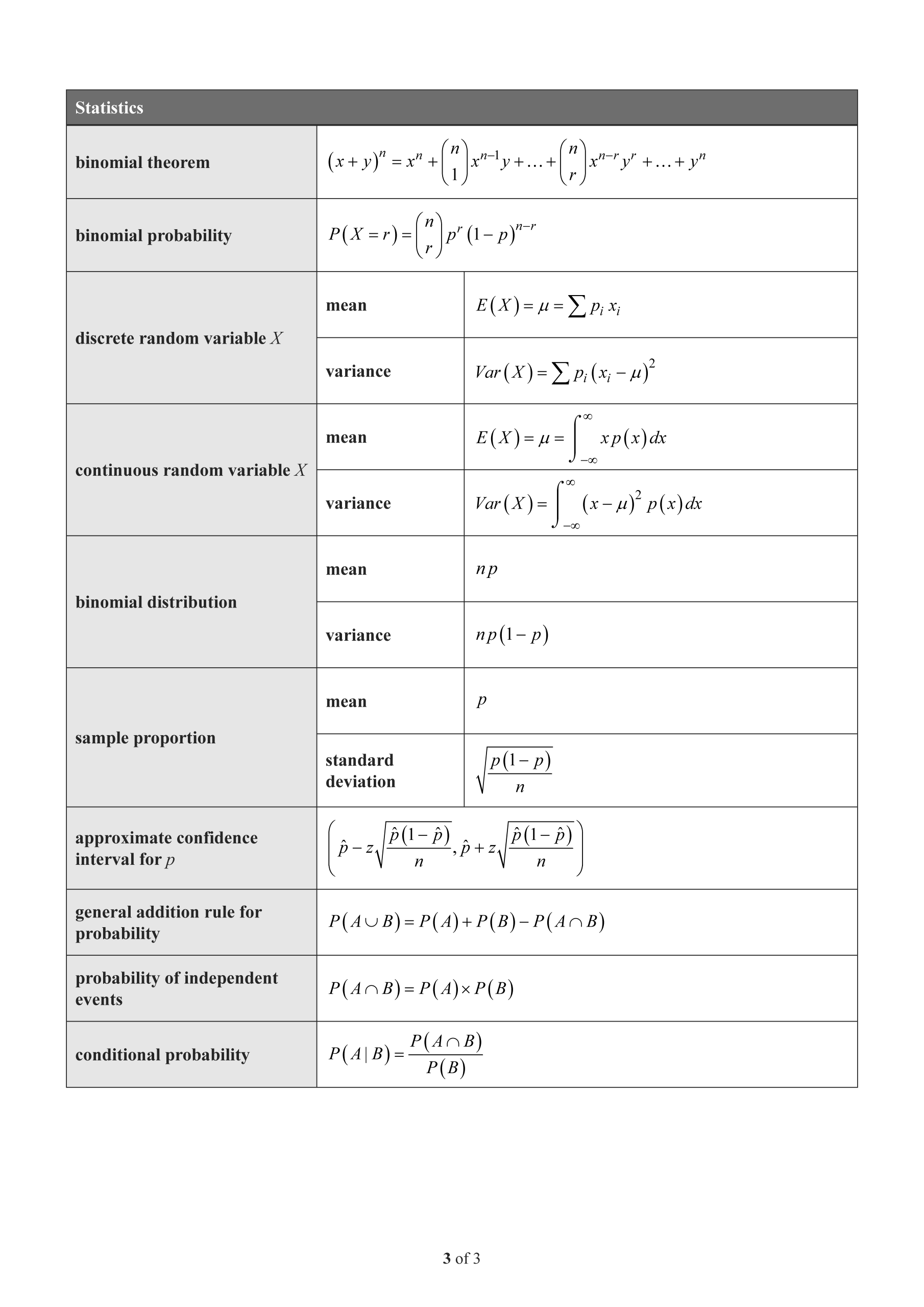QCAA Maths Methods Discrete Random Variables Mini Test 2
External Assessment Paper 1 — Technology-free
Number of marks: 10
Perusal time: 1 minute
Writing time: 15 minutes
Section 1
Instructions
• This section has 10 questions and is worth 10 marks.
• Use a 2B pencil to fill in the A, B, C or D answer bubble completely.
• Choose the best answer for Questions 1 10.
• If you change your mind or make a mistake, use an eraser to remove your response and fill in the new answer bubble completely.
A binomial random variable arises from the number of successes in \(n\) independent Bernoulli trials.
A context not suitable for modelling using a binomial random variable is recording the number of
- (A) heads when a coin is tossed 12 times.
- (B) left-handed people in a sample of 100 people.
- (C) times a player hits a target from 20 shots where each shot is independent of all other shots.
- (D) red marbles selected when three marbles are drawn without replacement from a bag containing four blue and five red marbles.
A basket contains 10 green apples and 30 red apples. Three apples are drawn at random from the basket with replacement. Determine the probability that exactly two of the three apples are green.
- (A) \(\frac{3}{64}\)
- (B) \(\frac{9}{64}\)
- (C) \(\frac{10}{64}\)
- (D) \(\frac{27}{64}\)
A random variable \(X\) is the number of successes in a Bernoulli experiment with \(n\) trials, each with a probability of success \(p\) and a probability of failure \(q\). The probability distribution table of \(X\) is shown.
| \(k\) | \(P(X=k)\) |
|---|---|
| 0 | \(\frac{1}{81}\) |
| 1 | \(\frac{8}{81}\) |
| 2 | \(\frac{24}{81}\) |
| 3 | \(\frac{32}{81}\) |
| 4 | \(\frac{16}{81}\) |
Which values of \(n\), \(p\) and \(q\) will generate this probability distribution?
- (A) \(n=4, p=\frac{2}{3}, q=\frac{1}{3}\)
- (B) \(n=4, p=\frac{1}{3}, q=\frac{2}{3}\)
- (C) \(n=5, p=\frac{2}{3}, q=\frac{1}{3}\)
- (D) \(n=5, p=\frac{1}{3}, q=\frac{2}{3}\)
Section 2
Instructions
• Write using black or blue pen.
• Questions worth more than one mark require mathematical reasoning and/or working to be shown to support answers.
• If you need more space for a response, use the additional pages at the back of this book.
– On the additional pages, write the question number you are responding to.
– Cancel any incorrect response by ruling a single diagonal line through your work.
– Write the page number of your alternative/additional response, i.e. See page …
– If you do not do this, your original response will be marked.
• This section has nine questions and is worth 45 marks.
In a certain game, players throw one water balloon at a target. There is a one in four chance of hitting the target.
a) State the probabilities of all the possible outcomes for one throw at the target. [2 marks]
b) Let \(H\) be the discrete random variable for one of the possible outcomes. Determine the mean and variance of the distribution of random variable \(H\) when 20 players throw a water balloon at the target. [2 marks]
The probability that a debating team wins a debate can be modelled as a Bernoulli distribution. Given that the probability of winning a debate is \(\frac{4}{5}\).
a) Determine the mean of this distribution. [1 mark]
b) Determine the variance of this distribution. [1 mark]
c) Determine the standard deviation of this distribution. [1 mark]
END OF PAPER



